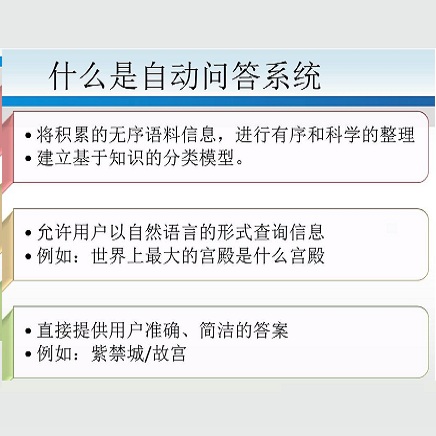Video Question Answering (Video QA) is a powerful testbed to develop new AI capabilities. This task necessitates learning to reason about objects, relations, and events across visual and linguistic domains in space-time. High-level reasoning demands lifting from associative visual pattern recognition to symbol-like manipulation over objects, their behavior and interactions. Toward reaching this goal we propose an object-oriented reasoning approach in that video is abstracted as a dynamic stream of interacting objects. At each stage of the video event flow, these objects interact with each other, and their interactions are reasoned about with respect to the query and under the overall context of a video. This mechanism is materialized into a family of general-purpose neural units and their multi-level architecture called Hierarchical Object-oriented Spatio-Temporal Reasoning (HOSTR) networks. This neural model maintains the objects' consistent lifelines in the form of a hierarchically nested spatio-temporal graph. Within this graph, the dynamic interactive object-oriented representations are built up along the video sequence, hierarchically abstracted in a bottom-up manner, and converge toward the key information for the correct answer. The method is evaluated on multiple major Video QA datasets and establishes new state-of-the-arts in these tasks. Analysis into the model's behavior indicates that object-oriented reasoning is a reliable, interpretable and efficient approach to Video QA.
翻译:视频解答( Video QA) 是开发新的AI 能力的一个强大的测试点。 这项任务需要学习在空间时跨视觉和语言领域的对象、 关系和事件。 高层次推理要求从关联视觉模式识别从关联视觉模式转向对对象、 其行为和互动的类似符号操纵。 为了实现这一目标, 我们在该视频中提出一个面向对象的推理方法, 被抽象成一个互动对象的动态流流。 在视频事件流的每个阶段, 这些对象相互作用, 并且在视频的查询和总体背景下, 它们的互动是理性的。 这个机制被具体化成一个通用神经单元及其多层次结构的组合, 称为 " 高度面向目标的Spatio- 时间理性(HOSTR) " 网络。 这个神经模型将对象的一致生命线以分级嵌套式组合形式保留。 在这个图表中, 动态交互式面向对象的表达方式是沿着新的视频序列建立起来的, 以自下至下层的物体的顺序抽象的图像表达方式, 和向主要分析方法的趋近的图像分析方式 。 在这些正确的解析方法上, 。 在主要数据上, 方向上, 评估这些方向上, 方向上, 方向上, 和方向的解析取的主要分析方法 。





